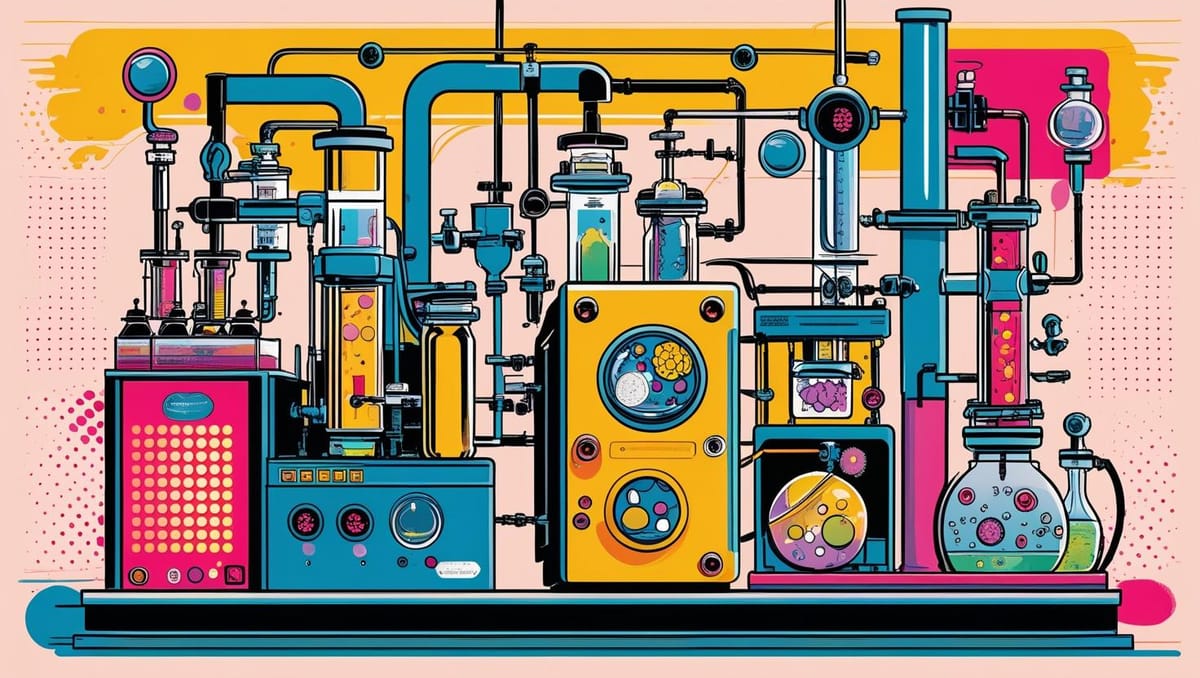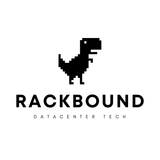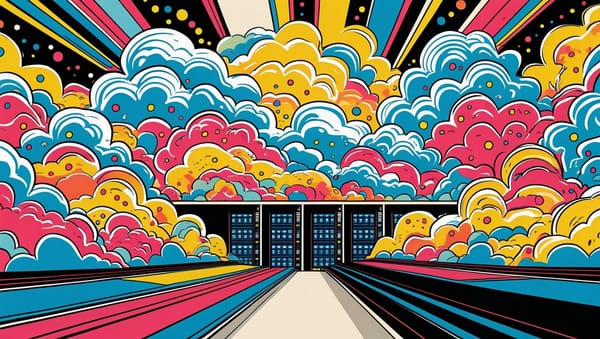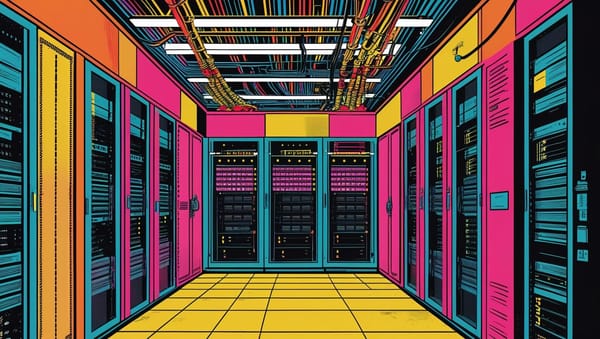Parsing Biomanufacturing’s Hidden Signals

Why Snowflake works for document AI in a world built on PDFs and protein chains
The CoAs weren’t supposed to become the system of record.
But that’s what happened almost universally, across biomanufacturing.
Certificates of Analysis, handwritten deviations, annotated batch records, all the paperwork born out of a thousand idiosyncratic lab instruments, vendor formats, and floor-level adjustments, piled into storage drives, then migrated wholesale to PDFs, where they were supposed to stay.
Archival and auditable, sure, but never really readable.
That’s the constraint Katalyze AI started from when building Digityze AI, they knew the intelligence needed to optimize modern biologics manufacturing already existed but it was trapped in documents never designed to be parsed, queried, or validated at scale.
There's no data warehouse schema for margin notes. No ETL for ink bleed or inconsistent lot formatting. And yet, these documents still carry the last mile of truth about whether a drug passed or failed.
To solve this, Digityze didn’t just need better OCR or a large language model with pharma fine-tuning. It needed a way to process visual structure, domain semantics, and raw manufacturing intent, all while maintaining the integrity, traceability, and compliance guarantees demanded by FDA-bound jobs. And it had to do all of this inside an infrastructure that could scale with both volume and regulatory scrutiny.
That’s where Snowflake enters, not as a trendy cloud warehouse, but as something closer to an execution platform for AI-native document intelligence. Because to reconstruct structured, validated, queryable data from scanned batch logs and nonstandard SOPs, you don’t need to extract, sure, but you also need to continuously map that content into a domain-aware, compliance-ready graph of facts, entities, and manufacturing events.
Snowflake, in its post-lakehouse evolution, is finally capable of holding that kind of dynamic, polymorphic data shape while exposing it to real-time AI operations.
It’s tempting to think of this as an application riding on a warehouse. But Digityze is different. It’s what happens when you embed AI-native document understanding directly into the flow of structured data engineering.
What used to be a pipeline of manual entry and hand-coded rules becomes a living system with ingestion, context extraction, validation, and event generation, all inside the same fabric that serves analytics, audit trails, and AI orchestration.
This is rooted in the realities of biomanufacturing, where decisions can’t be made on probabilistic summaries alone.
Every inference, every transformation, every restructured CoA or parsed handwritten note has to be linked, explainable, and reversible. Not just because the FDA might ask, but because deviation events in a GMP environment demand causality.
And sorry, no, you can’t improve process yield with hallucinated metadata.
Snowflake is the key to that kind of causal visibility because its core primitives allow for composable, callable, AI-infused functions to be run inside the data itself.
Digityze uses this not just to extract structured output, but to maintain lineage between the raw unstructured document and its derived semantic graph.
With the industry shifting toward continuous processing and real-time deviation response, the time between document generation and insight has collapsed. Paper, or its digital clone, is a bottleneck at this point. Digityze, running inside Snowflake, turns those records into live data streams.
This is where the choice of Snowflake becomes a bit of an architectural bet that compute will increasingly collapse toward the data, that structured and unstructured modes will merge, and that AI operations will need to be grounded.
But none of this would matter if the AI couldn’t see. This is where Katalyze’s deeper bet becomes clear. Most document AI systems lean entirely on language models. Digityze doesn’t. It uses multimodal inference, including visual AI and biophysics-informed models, to treat every document not as flat text, but as a context-rich signal field. A table in a CoA, for example, isn’t just a layout. It’s a map of assay types, measurement conditions, and pass/fail boundaries, many of which aren’t labeled in any way a traditional parser would recognize. Handwritten adjustments, too, aren’t noise, they're often the clearest signal that something deviated in real-world practice.
Capturing this requires more than GPT-4. It requires models trained on domain-specific priors and an execution substrate that doesn’t flatten the data during transformation.
Snowflake, again, becomes that core. Its support for polymorphic data types, its ability to run UDFs inline across structured and semi-structured content, and its native hosting of ML inference endpoints mean that Katalyze isn’t shuttling data between APIs.
And come to think of it, what Digityze is doing is reasserting a very old idea (strong typing, repeatable transformation) but inside a modern AI-native stack where inference is woven into data flow.
There’s also a deeper implication. By running Digityze on Snowflake, Katalyze is creating a platform where manufacturing intelligence becomes cumulative. Every CoA parsed, every SOP validated, every deviation note transcribed contributes to a growing body of structured precedent.
This isn’t just for analytics dashboards. It becomes training data for future models, real-time context for deviation detection, and raw material for simulation-informed root cause analysis.




